Getting into print
Someone asked me recently, “How did you get published? Is it expensive?” These days, there are so many different ways to get your book into print that I thought I would share the one most people use these days – self-publishing. It is worth saying, from the outset, that I am one person, using a couple of the online services out there. My approach may not be for you. But, then again, it might be.
I am, as you may know, a self-published author myself – so I do the majority of the leg-work myself. I write, edit, proofread, format and design my books. The first four steps of that are done in good ol’ Microsoft Word. With modern devices, that allows me to write wherever I am, on whatever device I’ve got with me – and the files all live in the cloud, so I can even reach them from someone else’s device if I’m really desperate.
The cover design I do in Photoshop. It isn’t really the right tool for the task, but I know how to get what I want, so that’s what I’ve always used. If you can afford a graphic designer for your cover work, I’d recommend it. DIY design can be really time consuming.
When it comes to the one bit I cannot do for myself, actually publishing the book, I use an on-demand publisher. In fact, I use two. For my children’s books (bespoke and for charity) where volumes are tiny (one or maybe two books) and they need colour and illustrations, I actually use Vistaprint. I create the ‘spread’ (the fully formatted pages) in MS Publisher, export them as a set of JPEG images, and then buy a photobook. The result is a perfect little hardbacked book, just right for small hands.
For my novels, I use Lulu.com. This is an American on-demand publisher and when I published Line of Duty in 2006, they were one of the few companies out there. The amazing thing about them, then and now, is how incredibly cheap it is to get everything set up. You have to create the formatted document but they provide Word templates in the right page size and all you need to do is copy in your text, save it as a PDF and then upload it (checking it first, of course, to be sure it looks right on the page). Then you generate the cover, for which there is an online wizard (although I use their older system because I create my own cover and just upload it). You can add text or a photo to the back, choose from one of hundreds of fonts and then their system creates a print-ready cover. You can also get your ISBN from Lulu (essential if you want to sell using the major online channels). And how much has this cost so far?
Nothing! Not a penny needs to change hands up to now. Even the ISBN is free. So, when DO you have to pay?
When a book is printed. So, every time someone buys one of my books from Lulu (or elsewhere – more on that in a minute) they pay, say, £10. Of that, Lulu deduct the cost of the book (around £7, but it depends on the page count and size and quality) plus a commission, (maybe another £1 or so) and anything else is your royalty. So, you don’t have to spend anything in set up and, if you are good at selling your books, they send YOU money. How cool is that? The price you set is up to you, by the way, although the advice I’ve been given is that UK fiction paperbacks need to be selling at £10 or less and non-fiction at around £15.
If you want an editor, a proofreader, a marketing package, a designer… they will provide all of that (which they DO charge for) and they also offer global distribution, which means they will list your book with the major online distributors (Amazon, Barnes and Nobel, etc, etc). Be aware, these retailers also want a cut and the price of your book will jump by around 40% for their commission (another cost that is deducted when you sell a book).
I use a global distribution package because it allows someone who likes my books to review them on Amazon and it also lists the books with the suppliers of the UK high street booksellers so that, in theory, I could sell my book there too. Again, there is no fee for this (there used to be) but, before you can be listed, you MUST approve a copy of your book. In other words, you have to buy a copy to check it is okay. In truth, I always end up getting the review copy, checking it, making changes, ordering another copy, spotting some other error and changing it again…. I usually have about three or four pre-approval copies before my book is released. But, to me, it is worth it. I would rather invest in a few extra attempts to get it right than put something out only to have a reader point out some howler as soon as they pick it up.
And that’s all there is to it (!). Like I said at the beginning, this is only one way, but it works for me. Maybe a few of my fellow self-published writers will chip in with what they do.
If you have dreams of writing a book and need some expert help, contact Creative Words to find out about our Author Packages.

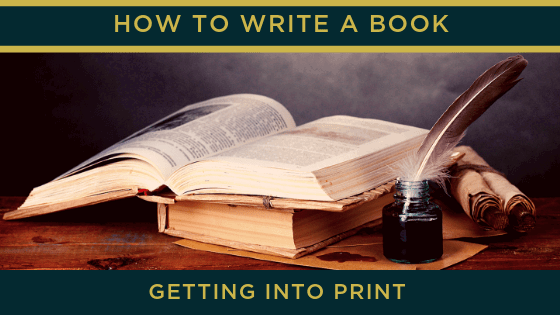


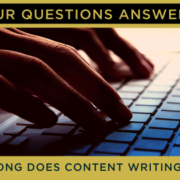
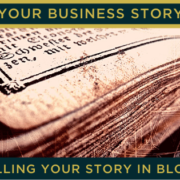

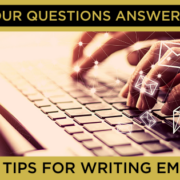

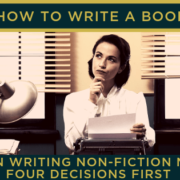
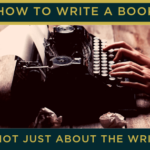
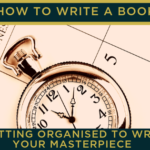
Leave a Reply
Want to join the discussion?Feel free to contribute!